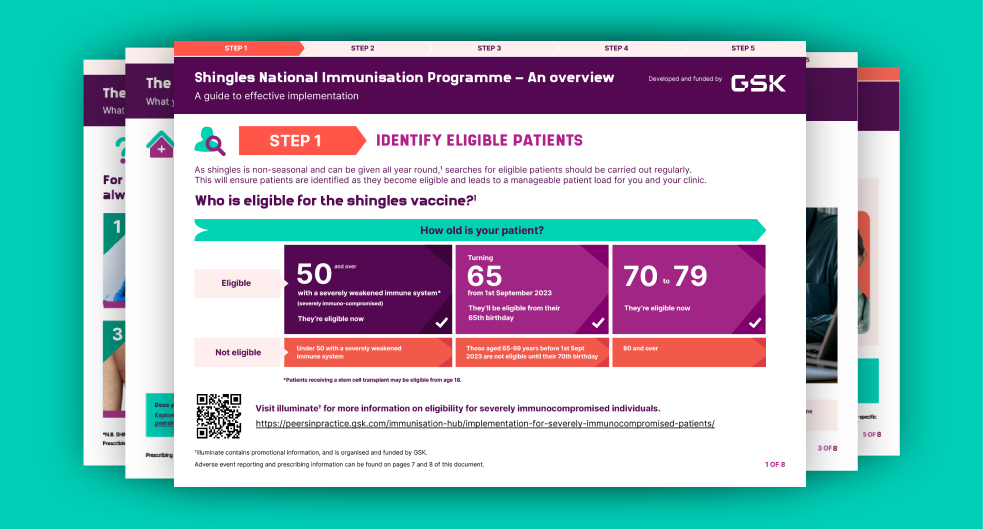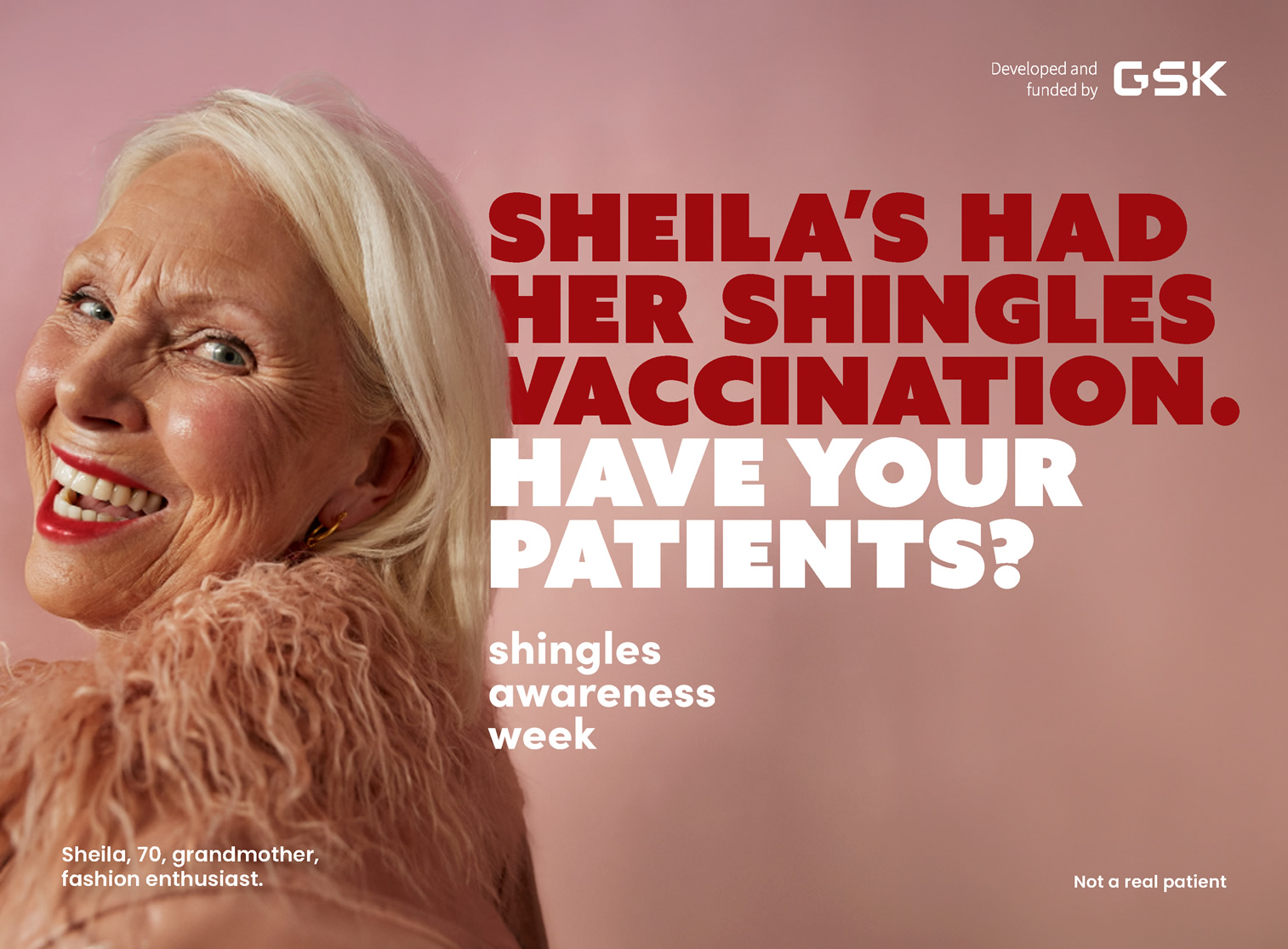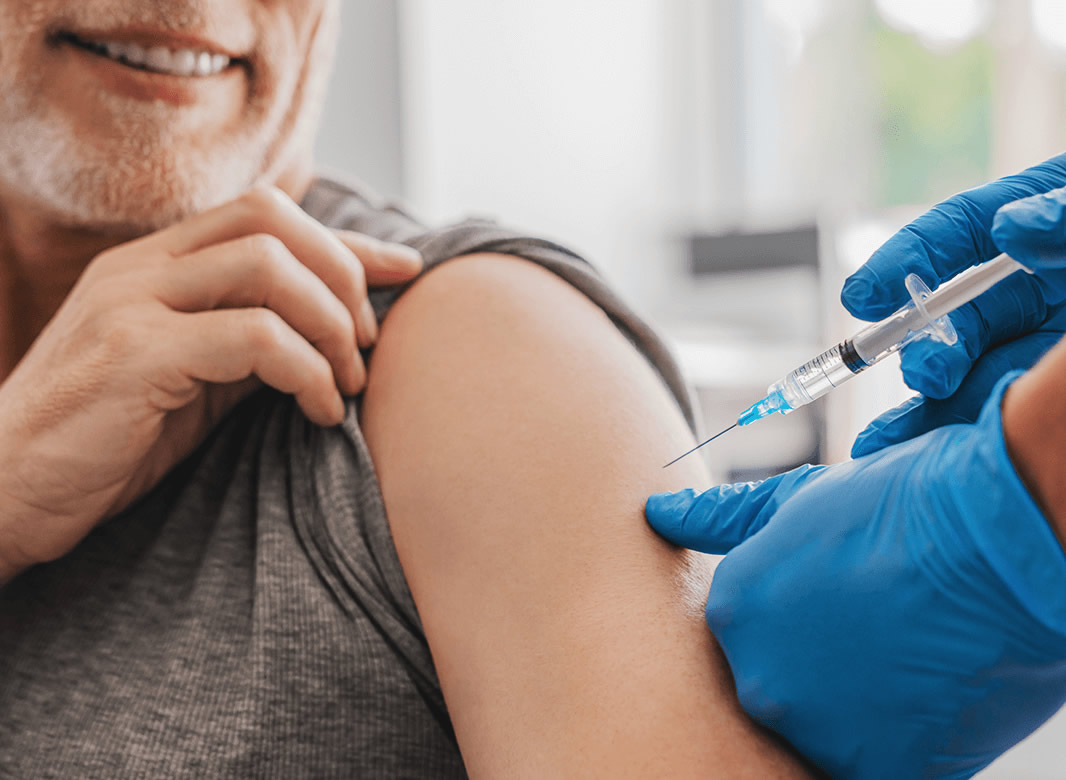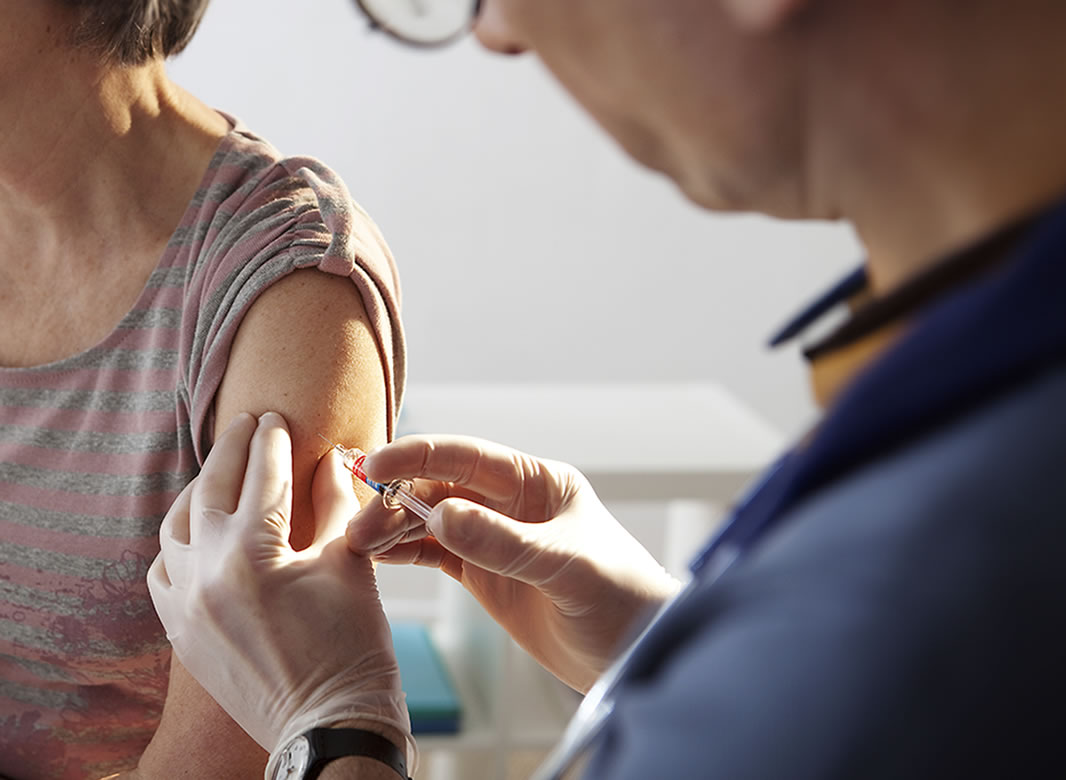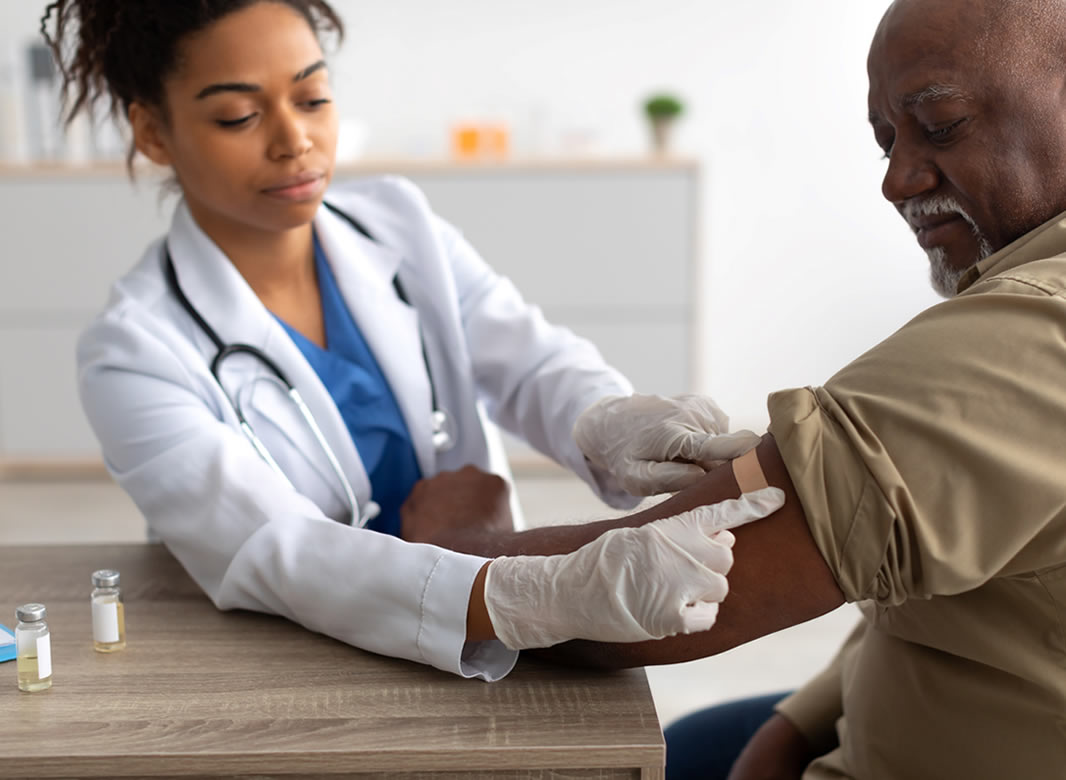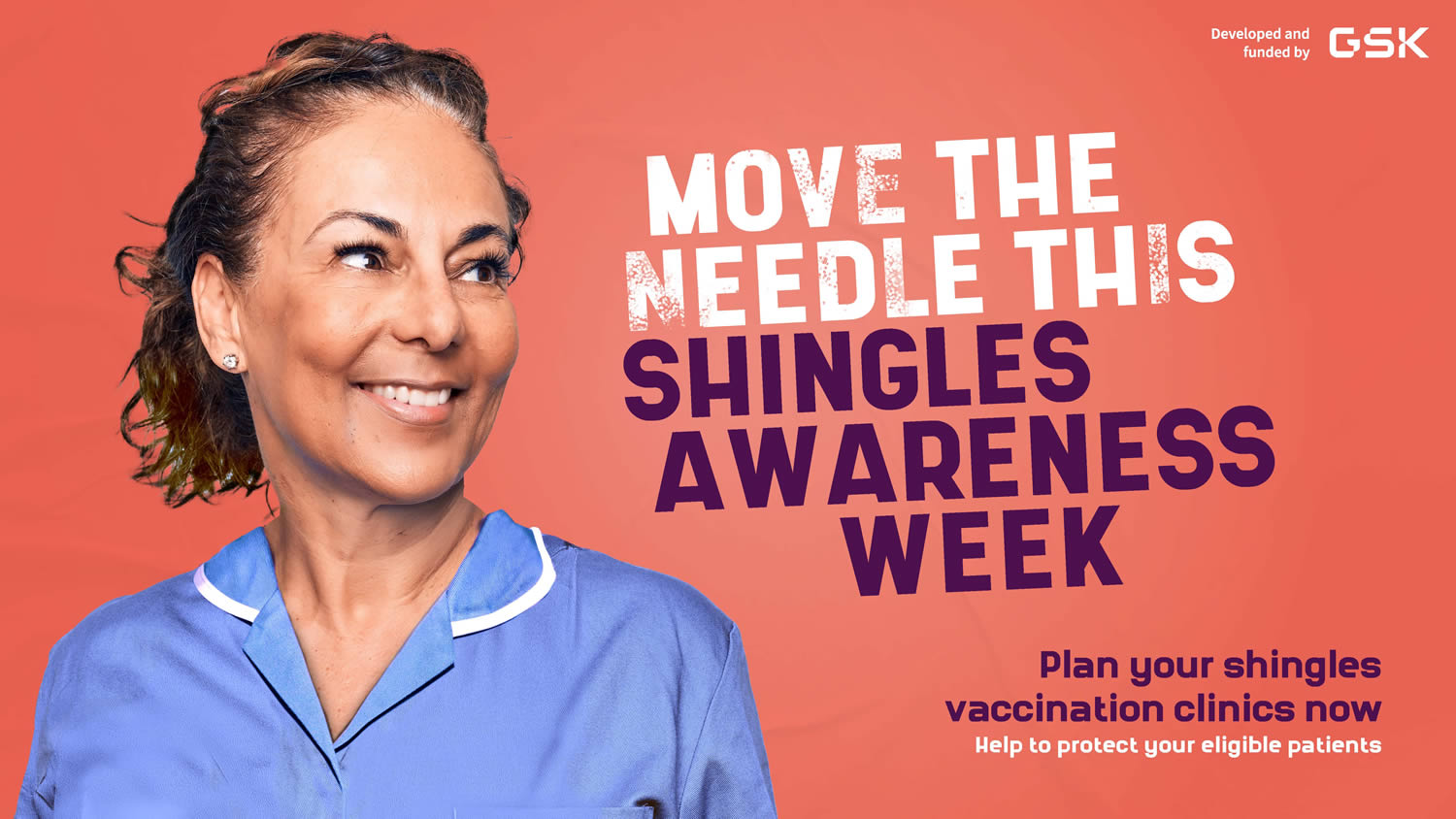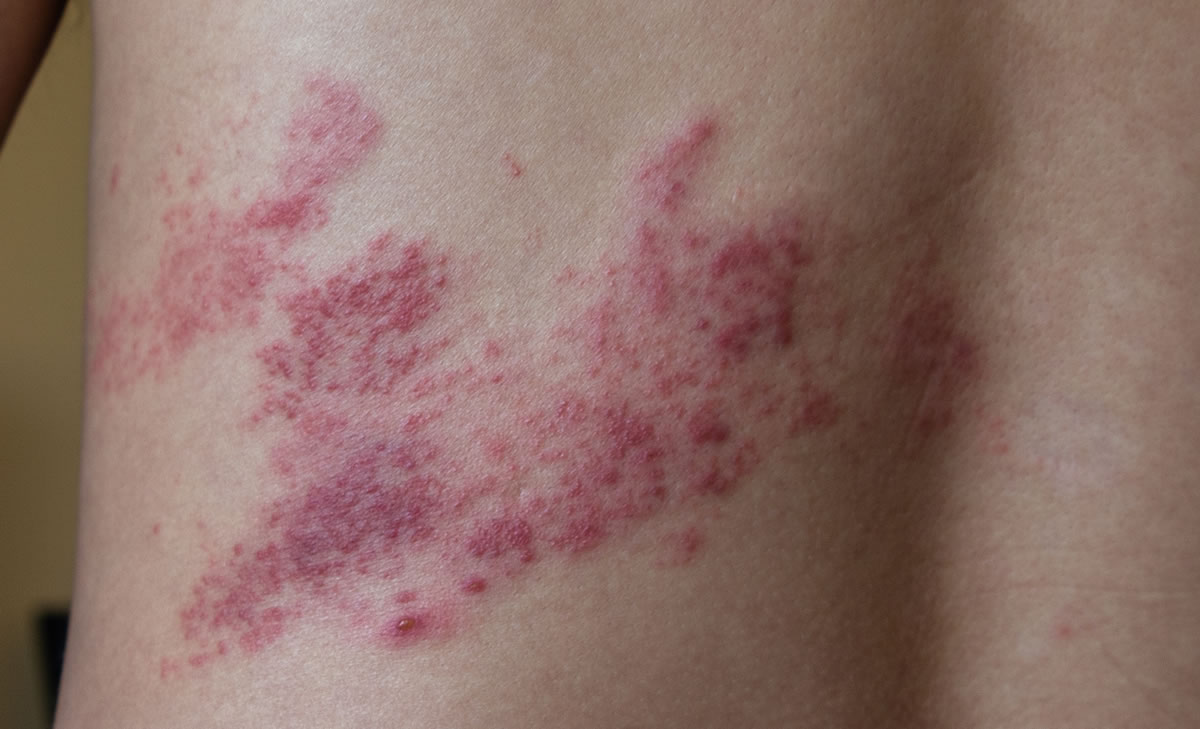
Delivering the Shingles National Immunisation Programme in your practice
Looking for help delivering immunisation programmes? Look no further. The illuminate team have shared their expert tips to help you achieve success in your practice.
Adverse events reporting and prescribing information can be found at the bottom of the page.
Healthcare professionals have been consulted by GSK and received honorarium.
Practical resources to support the delivery of the Shingles National Immunisation Programme
Delivering a successful immunisation programme can at first appear daunting - but illuminate is here to support you and your practice!
Shingles is a non-seasonal disease, and therefore organising shingles vaccination clinics regularly throughout the year can help protect patients as soon as they become eligible. Although opportunities to engage with eligible patients for the shingles vaccination at routine health checks or other scheduled vaccination appointments can help to increase uptake, potential benefits of having a dedicated vaccination clinic could include:
- Enabling a greater number of people to receive a specific vaccine within a given location and day
- Improved organisation of vaccine delivery and management of stock
- Increased overall efficiency of your practice's immunisation process
How can you set up a dedicated shingles vaccination clinic at your practice?
Shingles NIP Implementation Checklist
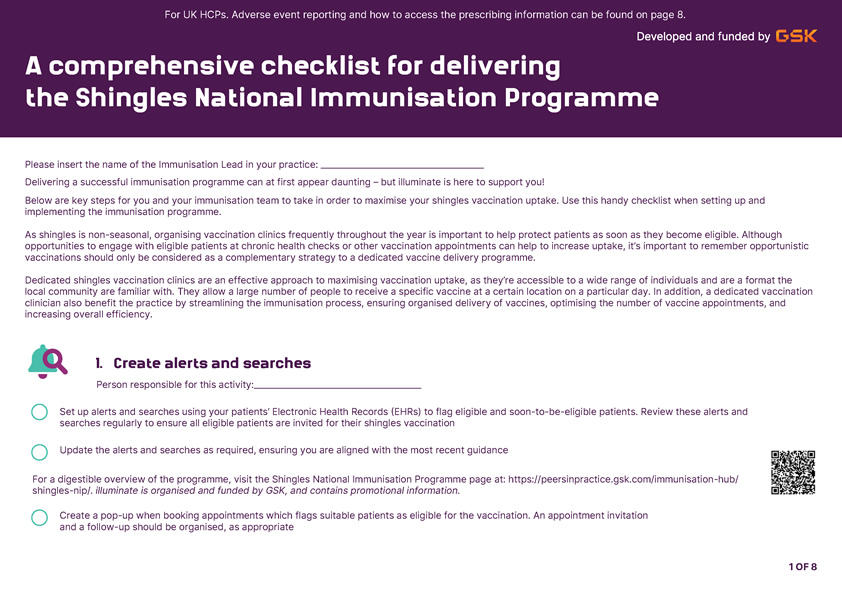
Download our helpful checklist to help you organise a dedicated shingles vaccination clinic and tick off each step once you complete it.
Download the ChecklistShingles NIP Implementation Planning Tool
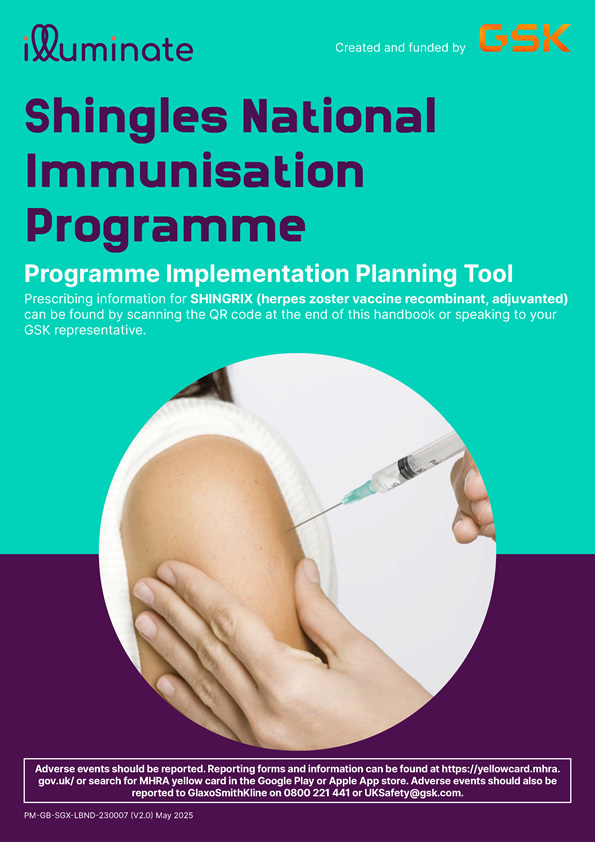
Download our programme implementation planning tool and use it to set up shingles vaccination clinics and monitor success within your practice.
Download the Planning Tool1. Create alerts and searches
- Set up alerts and searches using your patients' Electronic Health Records (EHRs) to flag eligible and soon-to-be-eligible patients. Review these alerts and searches regularly to ensure all eligible patients are invited for their shingles vaccination
- Update the alerts and searches as required, ensuring you are aligned with the most recent guidance
- For a digestible overview of the programme, visit the Shingles NIP page.
- Create a pop-up when booking appointments which flags suitable patients as eligible for the vaccination. An appointment invitation and a follow-up should be organised, as appropriate
2. Identify eligible patients
- As shingles is non-seasonal, set aside time with your team at least once a month to perform practice-wide eligibility searches to ensure patients are identified and offered protection as soon as they become eligible, such as:
- Those with a relevant upcoming birthday
- Those whose health or medication has changed so they are now classed as severely immunocompromised as per the Green Book, Chapter 28a
- Check for eligible patients who have previously been missed or declined the vaccination
- If there are a high number of eligible patients, break them down into smaller manageable groups (e.g. the number of patients to be vaccinated each week rather than overall) to ensure clinic capacity is still optimal.
3. Organise a shingles vaccination clinic
- Determine how best to host a shingles vaccination clinic within your practice, considering:
- Available space based on practice size and layout to efficiently deliver vaccinations (e.g. size/number of rooms available, access to cold storage)
- Staff resources and clinical capacity
- The number of eligible patients
- Decide on the day(s) and time(s) of your shingles vaccination clinic that will be most convenient to your patients, incorporating the following:
- Patient scheduling preferences
- Demographic considerations
- Coordination with other services
- Staff availability
- Flexible appointment options (e.g. early morning/evening/weekend appointments)
- Develop a communication plan to inform eligible patients about the availability of the vaccination clinic using available methods, such as:
- Patient invites and follow-ups
- SMS-automated text messages
- Phone calls
- Letters
- The practice website
- Social media
- Patient newsletters
- Implement a proactive call/recall system in combination with an appointment system (e.g. booking on Accurx). This will help manage patient flow, reduce patient enquiries regarding eligibility and appointments, and maximise appointment capacity
- Plan and order vaccine stock, as detailed in the Stock vaccines section
- Organise vaccination clinics and align them with the eligibility of your patients, ensuring timely protection once they become eligible. It's optimal to schedule these clinics regularly throughout the year as shingles is non-seasonal
- Use year-round opportunities to engage with eligible patients at chronic health checks or other vaccination appointments to help increase uptake, if appointment time allows
4. Send invitations
- Using the communication plan above, invite all eligible patients for an appointment through their preferred method of communication, if known, e.g. SMS, phone, letters
- Always use a combined approach if a patient doesn't respond
- Regularly check that the preferred method of communication recorded for your patient is correct and up to date
- Provide eligible patients with up to date information on shingles, as per the National Immunisation Programme, for example:
Shingles is a condition that causes a painful rash. It can lead to severe complications, such as long-lasting pain or eye problems. As you get older or if you have a severely weakened immune system, you’re more likely to get shingles.1
- Proactively let patients know you are open to queries they might have. Be honest if you do not have the answer, but reassure the patient you will source the answer and let them know by a specific date. Be ready to answer frequently asked questions, as shown below, by learning more on our About Shingles and Shingles NIP pages
- If I get shingles, how could it affect me?
- How many doses do I need?
- What are the expected side effects of the shingles vaccination?
- When patients are coming to the surgery for other appointments, make sure you check their eligibility for the shingles vaccination. If eligible, encourage them to book an appointment for the shingles vaccination
- When there is an opportunity to co-administer vaccinations, ensure that you are prepared to do this effectively. For example, if a patient is coming in for one of the vaccines shown below, and you intend to co-administer SHINGRIX (herpes zoster vaccine, recombinant, adjuvanted), then make sure you are organised in advance. However, don't only rely on opportunistic vaccinations! As per SHINGRIX SPC, SHINGRIX can be given concomitantly (at different injection sites) with:
- Unadjuvanted inactivated seasonal influenza vaccine
- 23-valent pneumococcal polysaccharide vaccine (PPV23)
- 13-valent pneumococcal conjugate vaccine (PCV13)
- Reduced antigen diphtheria tetanus acellular pertussis vaccine (dTpa)
- Coronavirus disease 2019 (COVID-19) messenger ribonucleic acid (mRNA) vaccine
- Invite patients to a dedicated shingles clinic on a designated day, and discuss a time slot that is convenient for them
5. Send follow-ups
- Invite patients who haven't responded to a dedicated shingles clinic for an appointment, and offer an alternative convenient appointment
- Follow up with patients who haven't responded to the two previous vaccine invitations, for example, via phone calls, emails, surgery social media pages or local community support
- Ask patients who are not responding if they would like a face-to-face or phone conversation to discuss any concerns
6. Stock vaccines
- In your practice, identify a lead in relation to stock control, alongside a deputy. This will ensure there is a clear understanding of who oversees the vaccine resources and helps to avoid hesitancy
- Plan vaccine stock, taking into account:
- Booked vaccination appointments
- Upcoming dedicated vaccination clinics
- Estimated number of additional opportunistic deliveries
- Order via ImmForm ahead of your shingles vaccination clinic, leaving plenty of time
7. Deliver second dose
- Use the initial appointment to administer a patient's first dose of the shingles vaccine and discuss why receiving the second dose is required to complete the course and provide maximum protection
- Book patients in for their second dose when they receive their first, where possible, and provide them with a physical vaccine card
- Send out reminders to those whose second dose is due soon to make an appointment
Top tips for optimisation!
Here's a few more tips which will really help maximise your shingles vaccination uptake:
- Include information about shingles vaccine eligibility on your practice website
- Hand out stamped vaccine cards to patients as a reminder for appointments, including second dose appointments, and proof of vaccination
- Distribute leaflets, put up posters, and show short videos on the waiting room TV about shingles vaccine eligibility in line with Infection Prevention Control guidance, and ensure information remains up to date
- Explore how Bury GP Federation transformed their practice with achievable, simple steps that used existing resources to enhance their shingles delivery uptake. GSK partnered with Bury GP Federation through a collaborative working project.
Order GSK developed resources, including vaccine cards at GSKPro
Explore other handy external resources available for you to download and print at the UK Health Security Agency Health Publications website.
Explore illuminate's Shingles National Immunisation Programme page for more expert guidance.
Want to print this out? Download our helpful checklist so you can tick each step off once you complete it.
Download the checklistReferences
- UKHSA Green Book Chapter 28a. Shingles. 2024
May 2025 | PM-GB-AVU-WCNT-240004 (V3.0)
For the SHINGRIX® (herpes zoster vaccine, recombinant, adjuvanted) prescribing information, click here.
